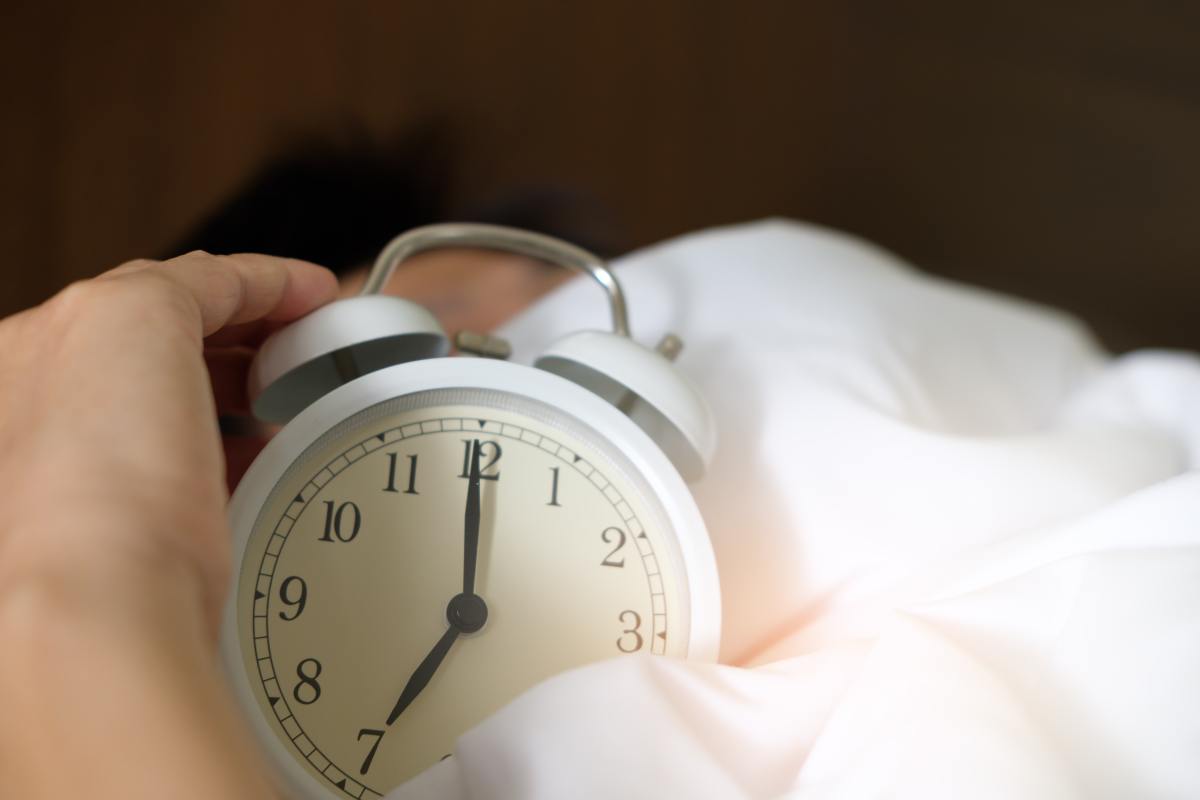Introduction
In a recent statement, former President Donald Trump has reignited the long-standing debate surrounding daylight saving time (DST), advocating for a permanent shift to standard time. This discussion raises important questions about the implications such a change may have on energy consumption, public health, and societal routines. The biannual clock adjustment, which has been a topic of contention since its inception, warrants a closer examination of its historical context, current relevance, and the potential benefits and drawbacks of a standardization approach.
The Historical Context of Daylight Saving Time
Daylight saving time was first proposed by Benjamin Franklin in 1784 as a means to conserve energy. However, it wasn’t until World War I that it was implemented in the United States as a fuel-saving measure. The practice was discontinued after the war but was reinstated during World War II and has been a fixture in American life since the Uniform Time Act of 1966 established standardized DST across the country.
Historically, DST has been used to make better use of daylight during the longer days of summer, with the idea that shifting an hour of daylight from the morning to the evening would reduce the need for artificial lighting and, therefore, save energy. However, the effectiveness and benefits of this practice have been heavily debated over the decades.
Trump’s Position on Daylight Saving Time
Trump’s recent comments come at a time when many states and lawmakers are reconsidering the effectiveness of DST. His call for a permanent switch to standard time reflects a growing sentiment among some political circles that the biannual clock change is no longer necessary and may even be detrimental. Advocates for standardization argue that a consistent time year-round could lead to:
- Improved Health Outcomes: Studies have indicated that the shift to DST can cause health problems, including increased rates of heart attacks, strokes, and mental health issues, particularly in the days following the time change.
- Enhanced Productivity: A fixed standard time could mitigate disruptions in sleep patterns and improve overall workplace productivity.
- Reduced Energy Consumption: With advancements in technology and changes in energy use patterns, the original rationale for DST—energy conservation—may no longer hold true.
Public Health Implications
The public health implications of daylight saving time have been a significant factor in the ongoing debate. Researchers have found that the transition into and out of DST can lead to a range of health issues:
- Sleep Disruption: The one-hour shift can disrupt circadian rhythms, leading to sleep deprivation.
- Increased Accident Rates: Studies have shown a spike in traffic accidents in the days following the time change, attributed to sleep loss and altered alertness.
- Long-term Health Risks: There is evidence linking the time change to an increase in heart attacks and strokes in the subsequent weeks.
By moving to a permanent standard time, proponents argue that these health risks could be minimized, leading to a healthier population overall.
Economic Considerations
The economic implications of daylight saving time are also complex. While some businesses, particularly in the retail and tourism sectors, benefit from extended daylight hours in the evening, others may suffer from the disruption caused by the clock change. For instance:
- Retail Sector: Extended daylight can encourage consumers to shop later in the day, potentially boosting sales.
- Agricultural Impact: Farmers have historically opposed DST, arguing that the time change disrupts harvesting schedules and livestock management.
- Energy Sector: As energy consumption patterns evolve, utilities may find that the energy savings from DST are negligible compared to previous decades.
Switching to a permanent standard time could stabilize business operations and reduce confusion around scheduling and logistics.
State-Level Initiatives and Public Opinion
In recent years, several states have taken steps toward potentially abolishing the seasonal time change altogether. States like Florida and California have passed legislation proposing to remain on daylight saving time year-round, although federal approval is required to enact these changes. Public opinion polls indicate a growing preference for a permanent standard or daylight time, with many Americans expressing fatigue with the biannual clock adjustment.
Such initiatives underscore a significant shift in how citizens view the relevance of DST in the modern context. As society becomes increasingly aware of the health and economic implications associated with the time change, legislative movements toward standardization may gain momentum.
Broader Implications of Standardization
The push for a uniform time system raises broader questions about how society organizes time itself. In an increasingly globalized world, the implications of timekeeping extend beyond borders:
- International Coordination: A standardized approach could simplify scheduling and coordination across time zones, particularly in business and travel.
- Cultural Considerations: Different regions have unique cultural practices tied to daylight hours. A uniform time may require adjustments in how communities engage with their environments.
- Environmental Impact: As climate change becomes an urgent concern, the implications of energy use and conservation strategies must be reconsidered in the context of time management.
Conclusion
Donald Trump’s renewed focus on daylight saving time has brought to light a critical discussion regarding the relevance and efficacy of this long-standing practice. As the nation grapples with the implications of a potential switch to permanent standard time, it is essential to consider the multifaceted effects on health, economy, and societal routines. The debate continues to evolve, reflecting changing attitudes toward timekeeping in the modern world.
As policymakers weigh the pros and cons, the voices of public health experts, economists, and citizens alike will shape the future of how we experience time. The outcome of this discussion could redefine not only our clocks but also our way of life.
For further information on the potential health impacts of daylight saving time, visit CDC’s website.
To explore a range of perspectives on the topic, you can check out this comprehensive guide.
“`
See more BBC Express News

